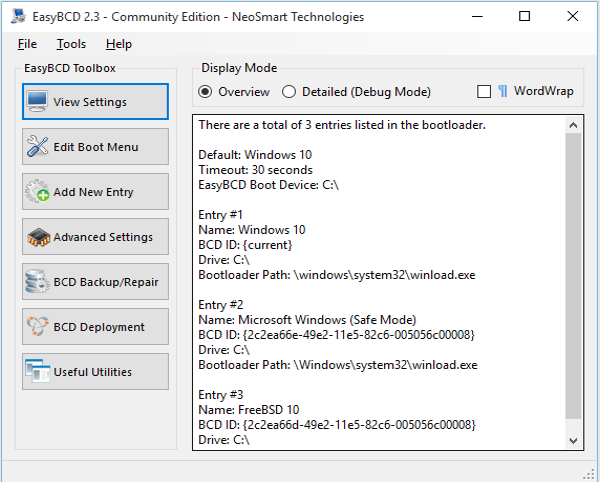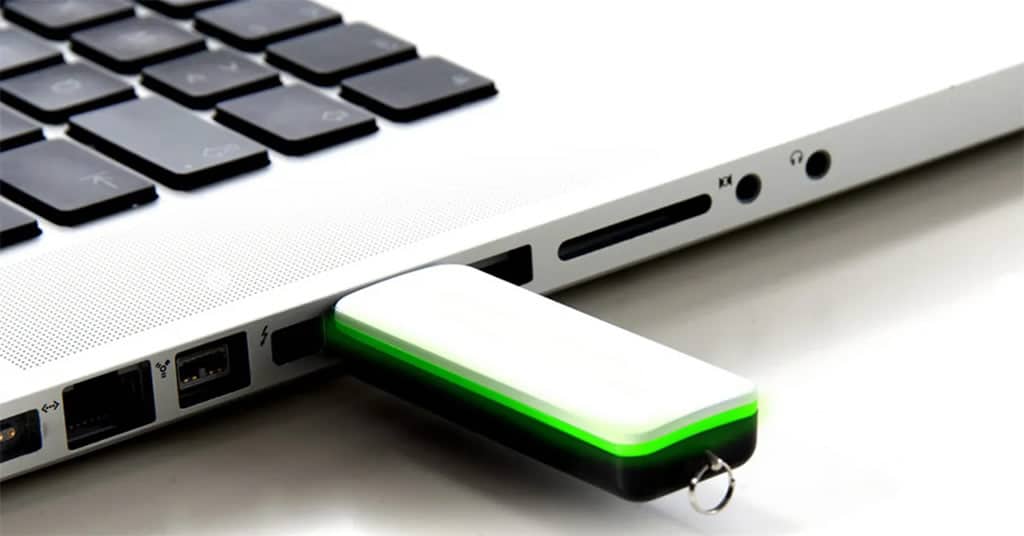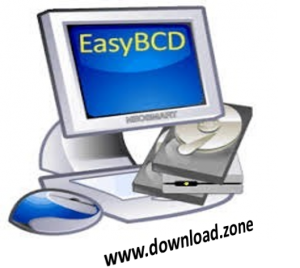

The choice defaults to Windows - I have not figured out how to make Linux the default (as I could with XP). On bootup, you see a choice of Windows 7 or grub4dos, but you can actually specify (with BCDedit) "Puppy Linux" or anything else instead of the grub4dos text that lin'n'win suggests. Copy some files and run Windows' BCDedit program as directed, set up your menu.lst entries and it just works. Rerwin wrote:Lin'N'WinNewB works for me on my Windows7 and Vista PCs. Unplug it to boot Win10 (booting Win10 is quite rare, actually).

How I solved the problem with Win10 is I velcroed an external hard drive to the cover, and just plug it in (and force USB boot) when I want Linux.

I can go back to my old method, and leave Puppy on the internal HDD. Win10 is too heavy for the machine, and too obnoxious. I'm about to roll my laptop's Win10 upgrade back to Win7. written) ANYTHING to that partition, that.for your convenience.that Win10 should delete all of those files, and spend a half hour scanning the partition for "errors" or "damage". Win10 decides that any time any other operating system has touched (i.e. To boot Win7, pop the card out (or flash drive). I didn't need to mess with the boot sequence, and it could read and write to the partition occupied by Win7. When it gets done, you can just edit the boot menu and insert your own favorite Puppy Linux versions - and even erase all of the Debian stuff if you want (also from the hard drive - you don't need it once it's a bootable system).īTW, my solution for Win7 was to boot from an SD card, which then pointed at a directory on the Win7 partition. It will want to resize/repartition the HDD for Linux. But otherwise, I'll bet that the Devs there have produced a good, solid project. Do some reading to make sure that it knows how to play with Win7 first. Historically, Debian says "hey, you already have an operating system - do you want me to set it up for dual boot?"Īnd away you go, it will fix/repair the boot headers and MBR so it will work. Clonezilla a copy off - you can restore it right back on if it doesn't work). With the newer systems, I would make sure that you back up the system first (e.g. Kinda hate to say it, but over the years when I wanted to install a dual boot Linux, I downloaded the Debian live boot installer. To revert you simply rename the files.no need to tamper with any MBRs or windows BCD system. rename grldr to bootmgr,add a menu.lst then the windows 7/vista/8/9/10 mbr loads a linux menu.lst screen and in there you chainload the original but renamed bootmgr My usual method is normally to rename bootmgr to something else. The same method booted XP without a hitch. Mikeb wrote:Hmm I did try using easyBCD to boot linux but it steadfastly refused in spite of creating a valid entry and UEFI stuff disabled.


 0 kommentar(er)
0 kommentar(er)
